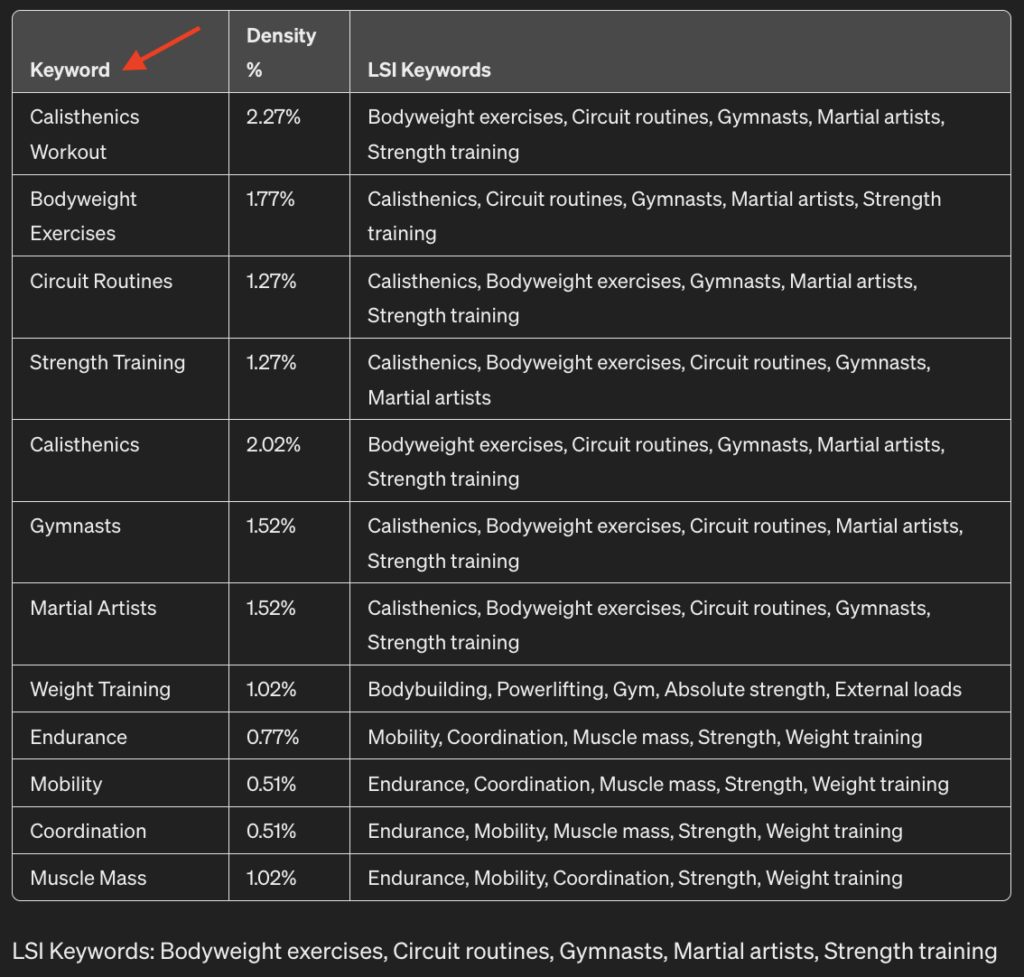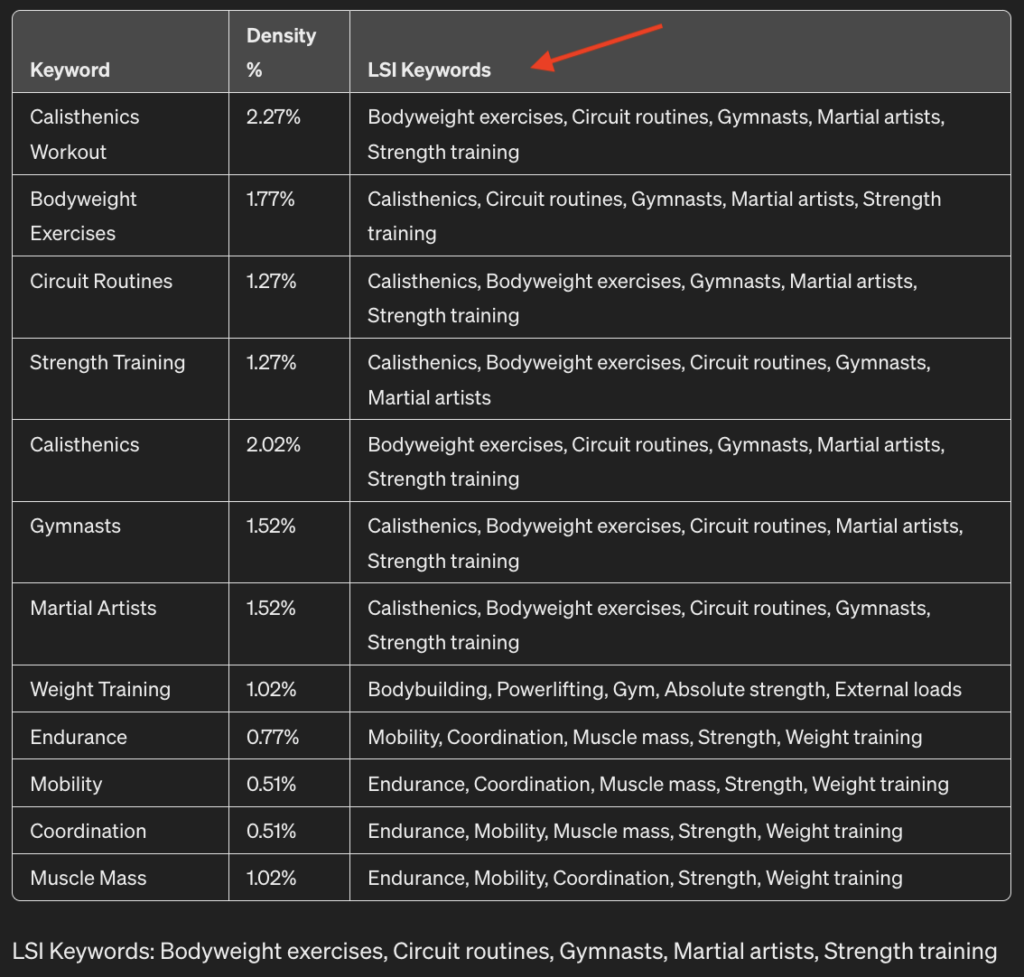Why in the world would you want to extract and research the SEO keywords your competition is using?
Because understanding your competitor’s content strategy is not just an advantage; it’s essential.
I’m talking about going beyond just reading their articles—it’s about dissecting their approach to uncover the keywords that make their content tick. Sqwod conducts competitor keyword analysis with precision and purpose for our brand as well as for the brands we service.
Why Keyword Analysis of Competitor Content Matters
Imagine keywords as the pulse points of your competitor’s content strategy. They’re not random; each is carefully chosen to attract and engage.
By analyzing these keywords, we’re not just peeking into their playbook; we’re gaining invaluable insights into the market’s demands and interests.
This process is like assembling a puzzle. Each keyword or phrase your competitor uses is a piece that, when put together with others, reveals a picture of their strategy and audience focus.
It’s about seeing beyond the surface to understand the underlying themes and priorities that drive their content creation.
Step-by-Step Guide to Extracting and Leveraging Competitor Keywords
1. Identifying Competitor Content: Start with pinpointing the pieces of content that are direct rivals to your offerings. Whether it’s a blog post, an article, or a product description, it’s crucial to focus on content that competes for the same audience’s attention.
For our example, let’s say you are a Calisthenics coach and you sell PDF programs. Let’s search for the keyword “Calisthenics workout“.
When we search for this term, we find Onnit has an article that ranks #1 for “calisthenics workout routine“.

2. Keyword Extraction: Sqwod uses tools like SEMrush, Ahrefs, or Moz, enabling us to sift through the content and extract the keywords it ranks for. This is not about copying but understanding the terrain—what keywords are they betting on?

3. Analyzing Keyword Density: This involves calculating the frequency of each keyword’s appearance within their content versus the total word count. It’s a delicate balance; too high, and it’s keyword stuffing, too low, and the keyword loses its potential to engage. We aim for the golden mean, a density that signals relevance without overwhelming.

4. Uncovering Semantic Keywords: Beyond the primary keywords, it’s crucial to identify the semantic (related) keywords. These are the terms and phrases that enrich the content’s context, offering depth and broadening its reach. Semantic keywords are the threads that weave together the broader narrative, aligning closely with user intent and search behaviors.

5. Crafting a Refined Keyword Strategy: With these insights in hand, you’re ready to improve your keyword strategy. You can weave what you’ve learned into your content, making sure your keywords do more than just show up—they really hit home. This approach keeps changing, shifting with trends, what your competitors do, and what you find out about your audience.
The Endgame: Beyond Keyword Analysis
The journey doesn’t end with keyword analysis. It’s a cyclical process of refinement, testing, and adaptation.
By embracing a strategy that integrates competitor keyword analysis, we’re not just keeping pace; we’re setting the pace. It’s about crafting content that doesn’t just reach our audience but speaks to them, resonating on a level that transcends the superficial and fosters genuine engagement and loyalty.
Ready to revolutionize your content strategy with insights gleaned from beyond your borders? Dive into the world of strategic keyword analysis and unlock a new dimension of content engagement and market leadership.
Start with Sqwod MAAS today and transform your approach to digital marketing tomorrow.



